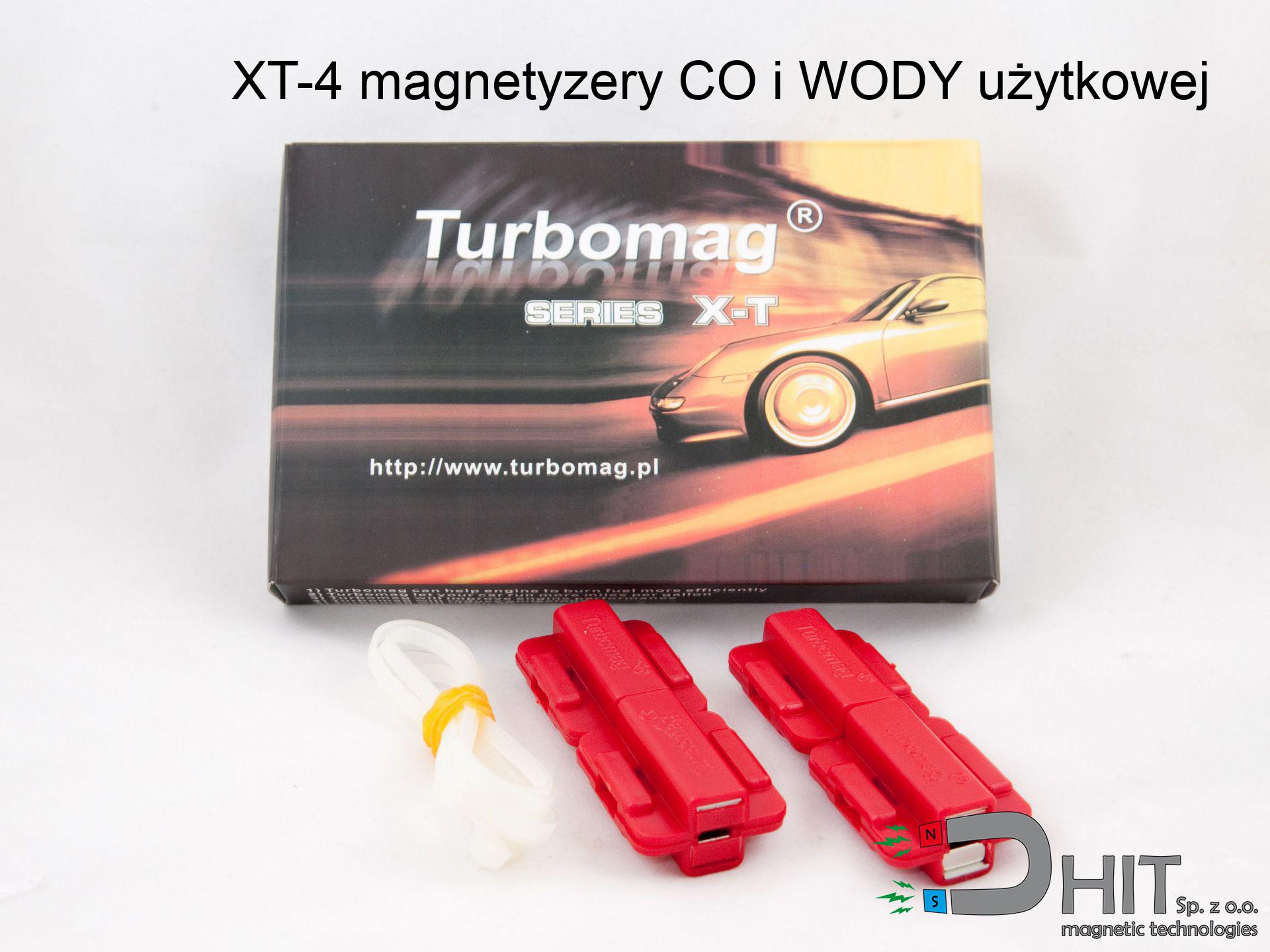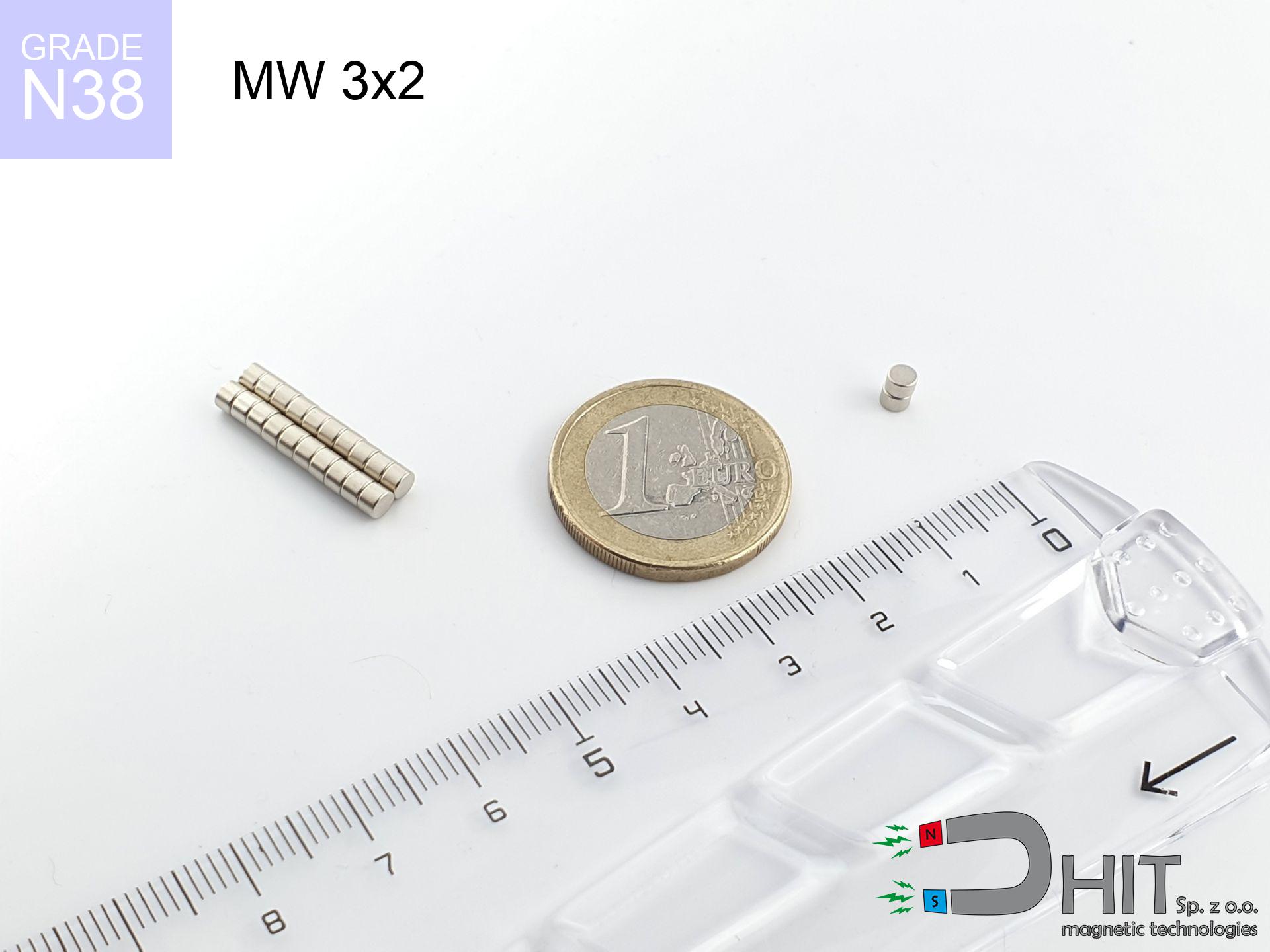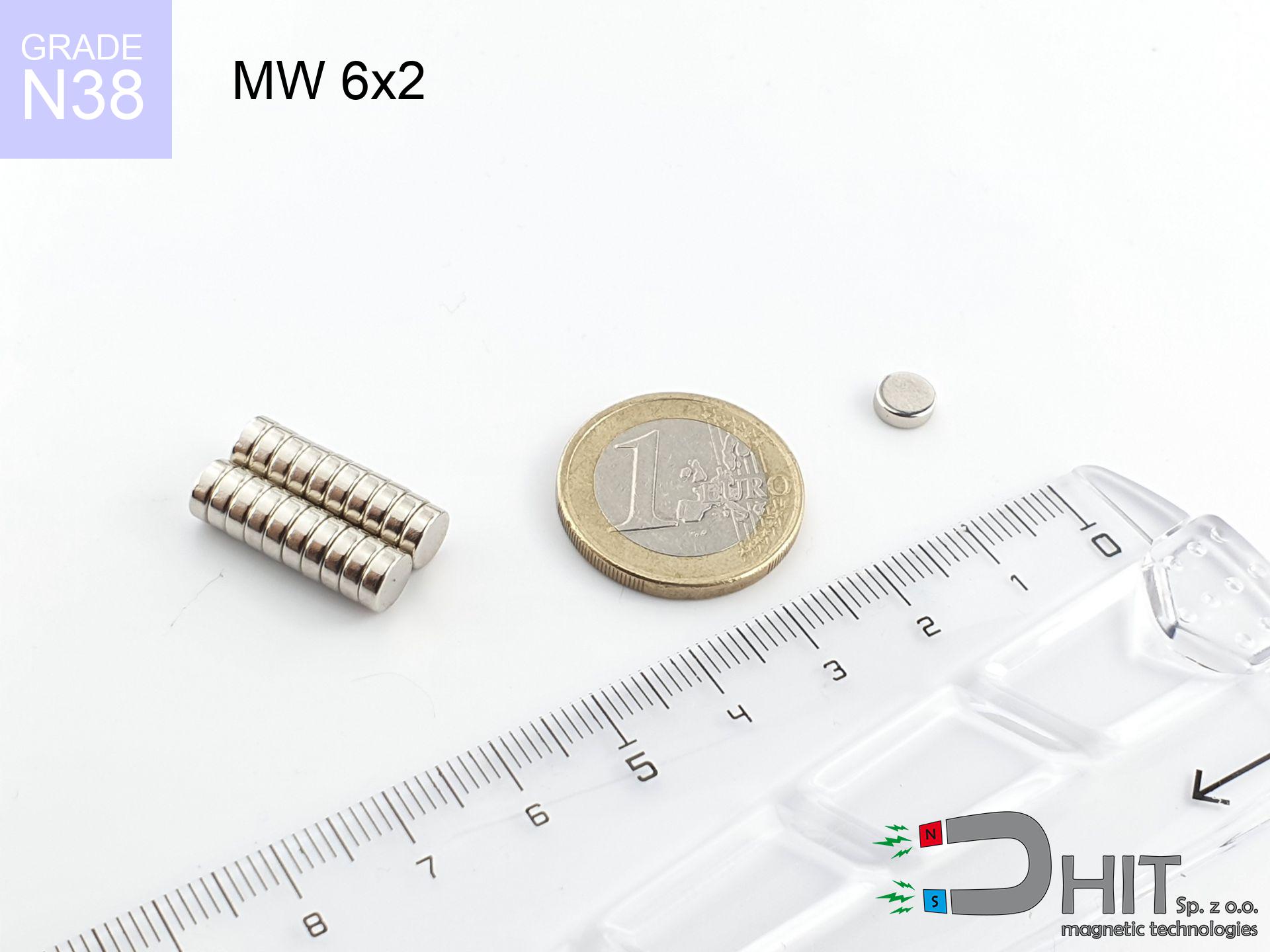SM 32x400 [2xM8] / N42 - magnetic separator
magnetic separator
Catalog no 130302
GTIN/EAN: 5906301812951
Diameter Ø
32 mm [±1 mm]
Height
400 mm [±1 mm]
Weight
2145 g
Magnetic Flux
~ 8 000 Gauss [±5%]
1193.10 ZŁ with VAT / pcs + price for transport
970.00 ZŁ net + 23% VAT / pcs
bulk discounts:
Need more?
Pick up the phone and ask
+48 22 499 98 98
alternatively drop us a message via
contact form
the contact page.
Strength and structure of magnets can be reviewed with our
modular calculator.
Order by 14:00 and we’ll ship today!
Technical of the product - SM 32x400 [2xM8] / N42 - magnetic separator
Specification / characteristics - SM 32x400 [2xM8] / N42 - magnetic separator
| properties | values |
|---|---|
| Cat. no. | 130302 |
| GTIN/EAN | 5906301812951 |
| Production/Distribution | Dhit sp. z o.o. |
| Country of origin | Poland / China / Germany |
| Customs code | 85059029 |
| Diameter Ø | 32 mm [±1 mm] |
| Height | 400 mm [±1 mm] |
| Weight | 2145 g |
| Material Type | Stainless steel AISI 304 / A2 |
| Magnetic Flux | ~ 8 000 Gauss [±5%] |
| Size/Mount Quantity | 2xM8 |
| Polarity | circumferential - 15 poles |
| Casing Tube Thickness | 1 mm |
| Manufacturing Tolerance | ±1 mm |
Magnetic properties of material N42
| properties | values | units |
|---|---|---|
| remenance Br [min. - max.] ? | 12.9-13.2 | kGs |
| remenance Br [min. - max.] ? | 1290-1320 | mT |
| coercivity bHc ? | 10.8-12.0 | kOe |
| coercivity bHc ? | 860-955 | kA/m |
| actual internal force iHc | ≥ 12 | kOe |
| actual internal force iHc | ≥ 955 | kA/m |
| energy density [min. - max.] ? | 40-42 | BH max MGOe |
| energy density [min. - max.] ? | 318-334 | BH max KJ/m |
| max. temperature ? | ≤ 80 | °C |
Physical properties of sintered neodymium magnets Nd2Fe14B at 20°C
| properties | values | units |
|---|---|---|
| Vickers hardness | ≥550 | Hv |
| Density | ≥7.4 | g/cm3 |
| Curie Temperature TC | 312 - 380 | °C |
| Curie Temperature TF | 593 - 716 | °F |
| Specific resistance | 150 | μΩ⋅cm |
| Bending strength | 250 | MPa |
| Compressive strength | 1000~1100 | MPa |
| Thermal expansion parallel (∥) to orientation (M) | (3-4) x 10-6 | °C-1 |
| Thermal expansion perpendicular (⊥) to orientation (M) | -(1-3) x 10-6 | °C-1 |
| Young's modulus | 1.7 x 104 | kg/mm² |
Table 1: Rod construction
SM 32x400 [2xM8] / N42
| Parameter | Value | Description / Unit |
|---|---|---|
| Diameter (Ø) | 32 | mm |
| Total length | 400 | mm (L) |
| Active length | 364 | mm |
| Section count | 15 | modules |
| Dead zone | 36 | mm (2x 18mm starter) |
| Weight (est.) | ~2445 | g |
| Active area | 366 | cm² (Area) |
| Housing material | AISI 304 | 1.4301 (Inox) |
| Surface finish | Ra < 0.8 µm | Polished |
| Temp. class | 80°C | Standard (N) |
| Force loss (at max °C) | -12.8% | Reversible loss (physics) |
| Force (calculated) | 17.3 | kg (theor.) |
| Induction (surface) | ~6 500 | Gauss (Max) |
Chart 2: Field profile (15 sections)
Chart 3: Temperature performance
Elemental analysis
| iron (Fe) | 64% – 68% |
| neodymium (Nd) | 29% – 32% |
| boron (B) | 1.1% – 1.2% |
| dysprosium (Dy) | 0.5% – 2.0% |
| coating (Ni-Cu-Ni) | < 0.05% |
Ecology and recycling (GPSR)
| recyclability (EoL) | 100% |
| recycled raw materials | ~10% (pre-cons) |
| carbon footprint | low / zredukowany |
| waste code (EWC) | 16 02 16 |
View also proposals
Advantages as well as disadvantages of Nd2Fe14B magnets.
Pros
- They virtually do not lose power, because even after 10 years the performance loss is only ~1% (based on calculations),
- Neodymium magnets are remarkably resistant to demagnetization caused by magnetic disturbances,
- By applying a lustrous coating of nickel, the element acquires an elegant look,
- They feature high magnetic induction at the operating surface, making them more effective,
- Neodymium magnets are characterized by very high magnetic induction on the magnet surface and can work (depending on the shape) even at a temperature of 230°C or more...
- Thanks to the ability of precise forming and customization to custom projects, neodymium magnets can be created in a broad palette of forms and dimensions, which expands the range of possible applications,
- Key role in modern technologies – they find application in data components, drive modules, advanced medical instruments, also multitasking production systems.
- Compactness – despite small sizes they provide effective action, making them ideal for precision applications
Limitations
- At strong impacts they can crack, therefore we advise placing them in special holders. A metal housing provides additional protection against damage and increases the magnet's durability.
- Neodymium magnets lose their power under the influence of heating. As soon as 80°C is exceeded, many of them start losing their power. Therefore, we recommend our special magnets marked [AH], which maintain stability even at temperatures up to 230°C
- Magnets exposed to a humid environment can corrode. Therefore while using outdoors, we advise using water-impermeable magnets made of rubber, plastic or other material protecting against moisture
- We suggest a housing - magnetic mount, due to difficulties in realizing nuts inside the magnet and complex shapes.
- Potential hazard resulting from small fragments of magnets are risky, in case of ingestion, which is particularly important in the context of child safety. Furthermore, tiny parts of these devices can disrupt the diagnostic process medical when they are in the body.
- High unit price – neodymium magnets are more expensive than other types of magnets (e.g. ferrite), which can limit application in large quantities
Lifting parameters
Magnetic strength at its maximum – what contributes to it?
- with the use of a sheet made of low-carbon steel, ensuring full magnetic saturation
- possessing a massiveness of minimum 10 mm to avoid saturation
- characterized by lack of roughness
- with total lack of distance (without impurities)
- under perpendicular force direction (90-degree angle)
- at ambient temperature approx. 20 degrees Celsius
What influences lifting capacity in practice
- Distance – existence of any layer (rust, dirt, gap) acts as an insulator, which reduces power rapidly (even by 50% at 0.5 mm).
- Force direction – catalog parameter refers to detachment vertically. When attempting to slide, the magnet exhibits much less (often approx. 20-30% of nominal force).
- Plate thickness – too thin plate does not close the flux, causing part of the flux to be wasted to the other side.
- Material composition – not every steel reacts the same. High carbon content worsen the attraction effect.
- Surface condition – smooth surfaces ensure maximum contact, which increases force. Rough surfaces weaken the grip.
- Operating temperature – neodymium magnets have a sensitivity to temperature. At higher temperatures they are weaker, and at low temperatures they can be stronger (up to a certain limit).
Lifting capacity testing was performed on a smooth plate of suitable thickness, under perpendicular forces, in contrast under attempts to slide the magnet the holding force is lower. In addition, even a slight gap between the magnet’s surface and the plate reduces the load capacity.
Precautions when working with neodymium magnets
Fragile material
Despite metallic appearance, neodymium is brittle and cannot withstand shocks. Avoid impacts, as the magnet may shatter into sharp, dangerous pieces.
Powerful field
Handle magnets consciously. Their immense force can surprise even professionals. Plan your moves and do not underestimate their power.
Pinching danger
Risk of injury: The pulling power is so immense that it can result in hematomas, pinching, and even bone fractures. Protective gloves are recommended.
Permanent damage
Keep cool. Neodymium magnets are susceptible to temperature. If you need resistance above 80°C, ask us about special high-temperature series (H, SH, UH).
Keep away from electronics
Remember: rare earth magnets generate a field that interferes with precision electronics. Keep a separation from your phone, tablet, and navigation systems.
No play value
Only for adults. Tiny parts can be swallowed, causing serious injuries. Store out of reach of children and animals.
Safe distance
Device Safety: Neodymium magnets can damage payment cards and sensitive devices (pacemakers, medical aids, timepieces).
Warning for allergy sufferers
Studies show that nickel (the usual finish) is a common allergen. If your skin reacts to metals, prevent touching magnets with bare hands and choose versions in plastic housing.
Combustion hazard
Drilling and cutting of neodymium magnets poses a fire hazard. Neodymium dust oxidizes rapidly with oxygen and is difficult to extinguish.
ICD Warning
People with a ICD have to maintain an absolute distance from magnets. The magnetic field can stop the functioning of the implant.

![Separation magnetic rod SM 32x400 [2xM8] / N42 Separation magnetic rod SM 32x400 [2xM8] / N42](https://cdn3.dhit.pl/graphics/banners/magnet.webp)
![SM 32x400 [2xM8] / N42 - magnetic separator](https://cdn3.dhit.pl/graphics/products/sm-32x400-2xm8-tep.jpg)





